
UK Summit Focuses on Developing Tomorrow’s Equine Workforce
Panelists offered insights on current horse industry needs and future trends.

Panelists offered insights on current horse industry needs and future trends.
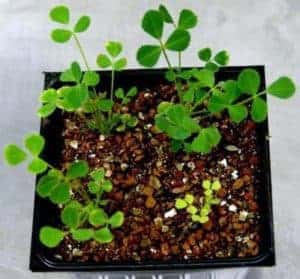
Legumes can fulfill their own nitrogen needs and produce and leave enough in the soil for other plants to use.
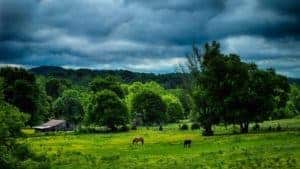
The event will help prepare first responders for dealing with animals, including horses, in the event of a disaster.
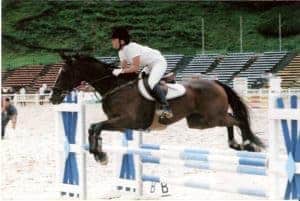
Nam is studying equine arteritis virus evolution during persistent infection of stallions’ reproductive tracts.

The map displays the historical rabies data for all species affected in Kentucky over the past 27 years.
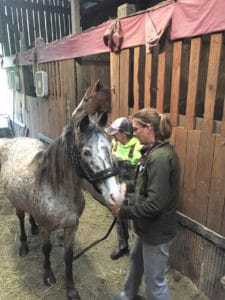
A PhD student describes her recent experience applying her research skills during an equine community outreach event.
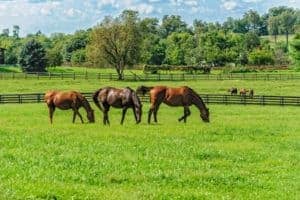
Attendees can receive tips on barn design, farm site planning, nutrient intake regulation, pasture management, and more.
Veterinarians and farriers recently collaborated on a case of bilateral keratomas in a 6-year-old Holsteiner mare.
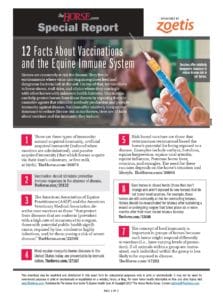
Vaccines offer relatively inexpensive insurance to reduce disease risk in our horses. Learn more about vaccines and the immunity they induce in this special report!

Oladunni is studying how equine herpesvirus-1 suppresses a host’s innate immune response.
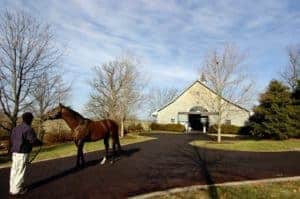
Thoroughbred stud fees are a significant source of revenue and sales tax revenue in Woodford County, Kentucky.
Gallagher studied genetics under Ernest Bailey, PhD, and the late Teri Lear, PhD.
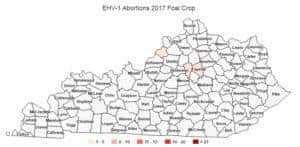
Cases of EHV-related abortions from the 2017 foal crop have been confirmed in three Kentucky counties.
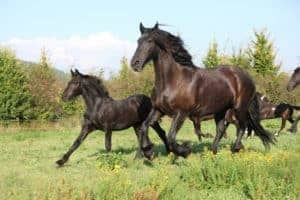
Genetic Testing at Gluck is offering tests to identify carriers of the dwarfism and hydrocephaly mutations.

Jostes will connect individuals and stakeholders to strategic priorities within the college’s equine-related programs.

The mainstays of biosecurity still center around good hygiene, diagnostics, quarantine, isolation, and traffic control.
Stay on top of the most recent Horse Health news with